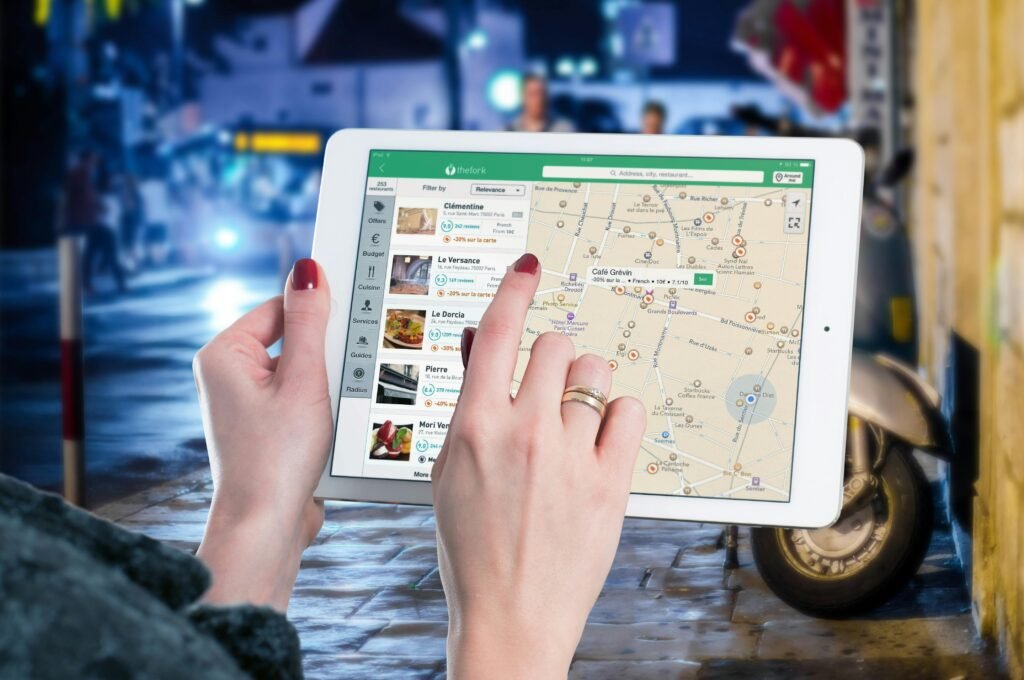
In recent years, Indonesia has taken significant steps toward becoming a digitally connected nation. Through initiatives like the Gerakan Menuju 100 Smart City program, the country has been developing data-driven urban systems that aim to make cities more efficient, sustainable, and citizen-focused. But what exactly is a smart city, and how are Indonesian cities progressing toward that vision?
What Is a Smart City?
A smart city integrates technology and data into urban management to improve public services, optimize resources, and enhance citizens’ quality of life. It’s not just about installing sensors or creating apps—it’s about using information intelligently to make better decisions.
For example, data collected from transportation, waste management, and public utilities can help local governments respond faster to emergencies, reduce congestion, and manage energy consumption more effectively.
Smart City Development in Indonesia
Indonesia’s journey toward becoming a smart nation began with the 100 Smart City Movement launched in 2017. The initiative encourages cities to develop master plans focusing on six key dimensions: governance, economy, living, environment, mobility, and society.
Several cities are now leading the way:
Jakarta has implemented an integrated Smart City Hub, real-time transportation systems, and citizen feedback platforms such as Qlue.
Bandung operates a city-wide command center that monitors public services and security.
Makassar runs a “War Room” to oversee city performance indicators.
Surabaya continues to advance in e-government and digital public services.
Each city adapts the concept of smart living to local needs, proving that “smart” solutions are not one-size-fits-all.
Benefits for Citizens
When implemented effectively, smart cities create tangible benefits for residents, such as:
Faster and more transparent access to government services
Real-time updates on traffic and public transportation
Quicker emergency response and public safety systems
Improved waste and energy management
In short, smart cities bridge technology and daily life to make urban environments more livable and inclusive.
Challenges Ahead
Despite promising progress, several challenges remain:
Uneven digital infrastructure across regions
Limited availability of skilled professionals in technology and data analysis
Budget constraints and complex coordination among agencies
Low public awareness and engagement in digital governance
Addressing these gaps requires consistent investment, education, and collaboration between public and private sectors.
